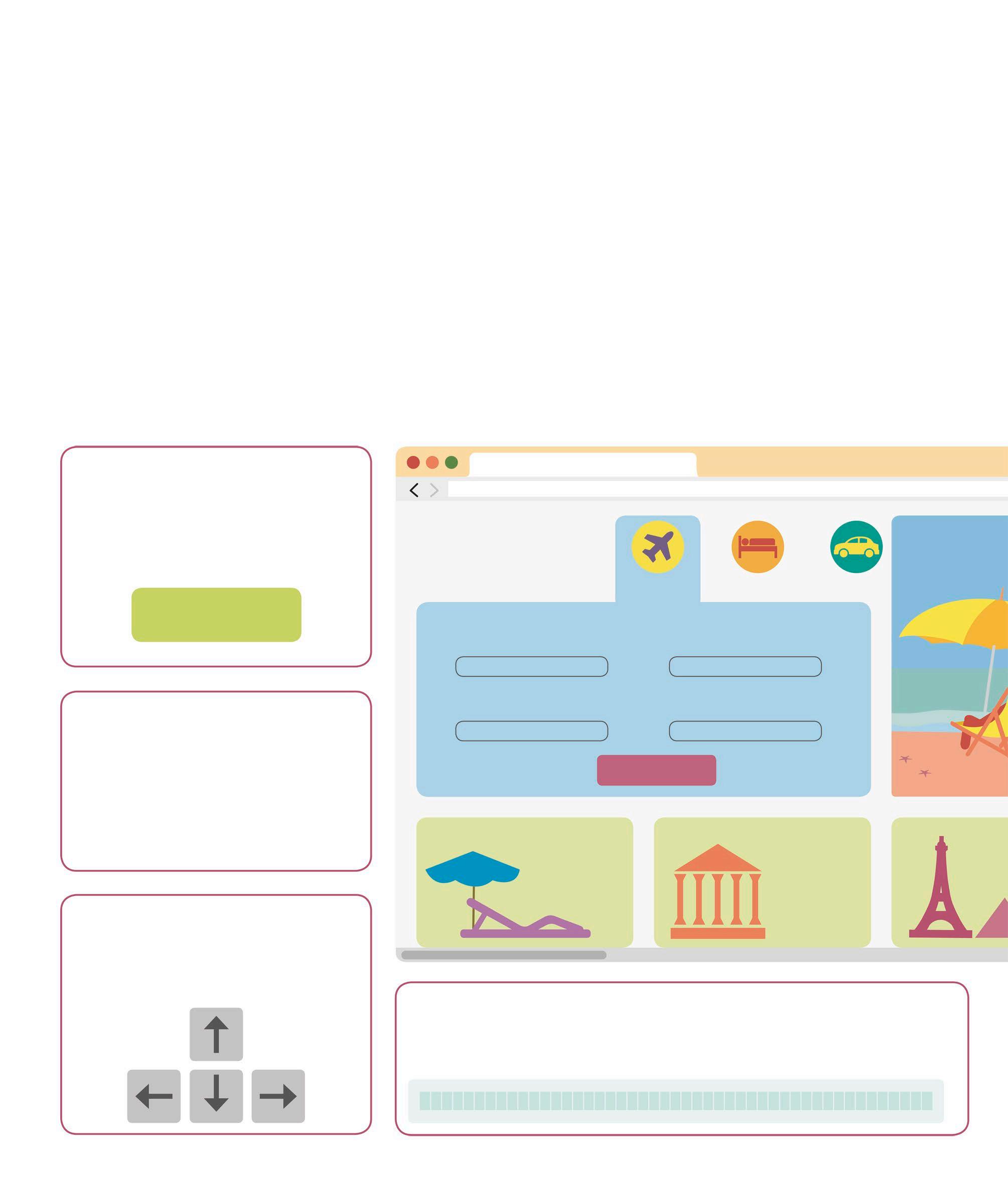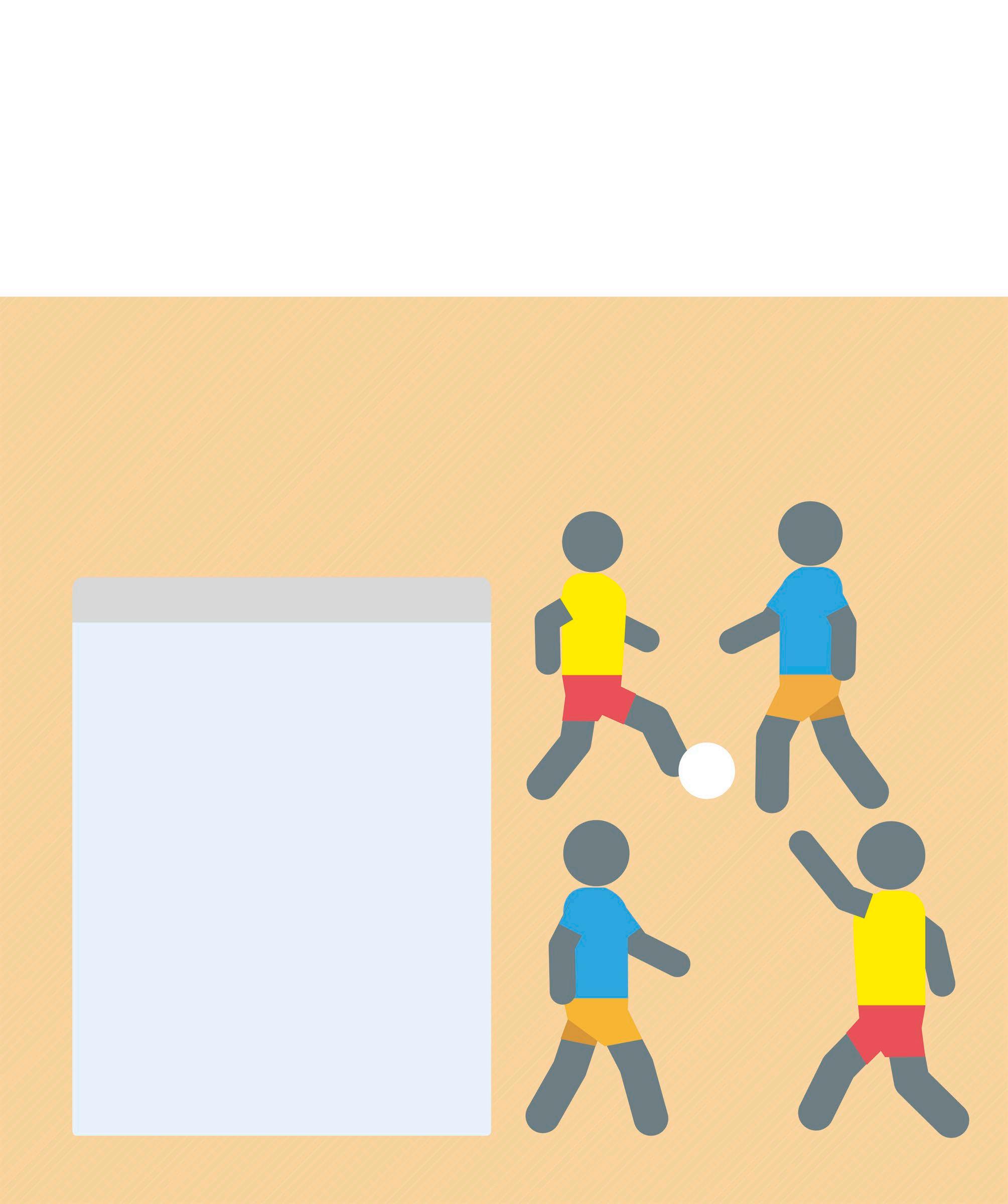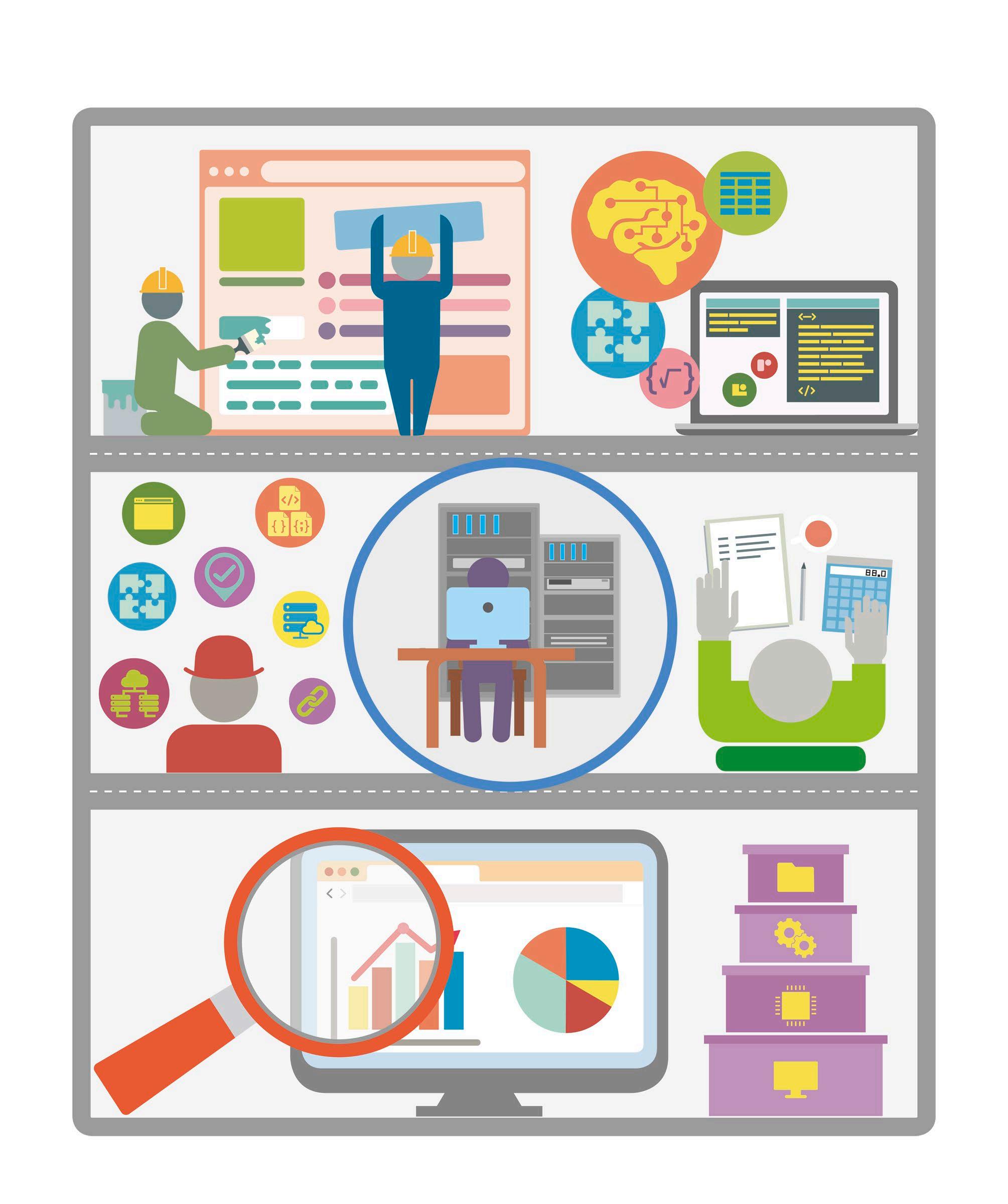Other programming languages Every profession has its own vocabulary and ways to describe common problems and solutions. Programming languages were developed to help humans communicate with computers. Most languages are designed for a specific task or domain, but are often adapted for other purposes. Grouping programming languages Human languages are grouped into families (such as Germanic or Dravidian) that use similar alphabets, vocabulary, and structures. If you know one language in a family, it is easier to learn others.
USER
Languages for scripting Scripting languages are usually designed to create “scripts”, or short programs, often written to automate tasks that might otherwise be done manually. These languages were designed for a specific purpose, such as Perl for report handling and VBA for scripts in Microsoft Office. Popular scripting languages include JavaScript/ TypeScript, Perl, PHP, Python, and Ruby.
APPLICATION
Programming languages are also grouped into families, and often borrow words and structures from each other. For example, C, C++, Objective-C, Java, C#, Go, and Swift are all related, so developers who know one of them can learn the other languages more easily.
OPERATING SYSTEM
Languages for systems System languages are usually designed for large, complex software systems, such as operating systems, compilers, databases, and office applications, where speed, efficiency, and reliability are important. These languages, however, can seem cumbersome for simple programs. Popular systems languages include C/C++, Objective-C, Java, C#, Go, and Swift.
Machine and assembly languages At the lowest level, each central processing unit (CPU) has its own machine language, written in binary (1s and 0s) with a small set of operations. An assembly language represents similar operations in a form that is easier to read and write. Programs in other languages are converted into assembly before they are run.
101100011010101 010011001010110 101100011010101 010011001010110
OPERATING SYSTEM
DISK DEFRAGMENTER
HARDWARE
PACKAGE MANAGER














































